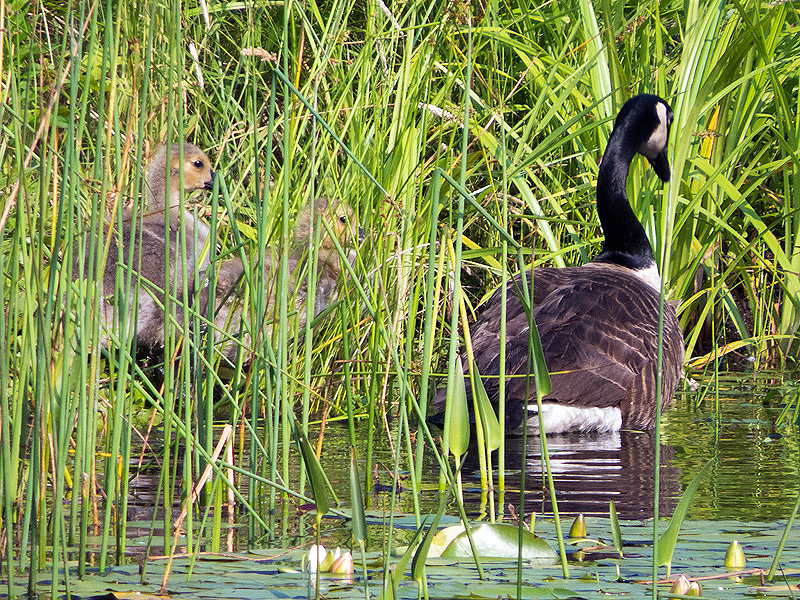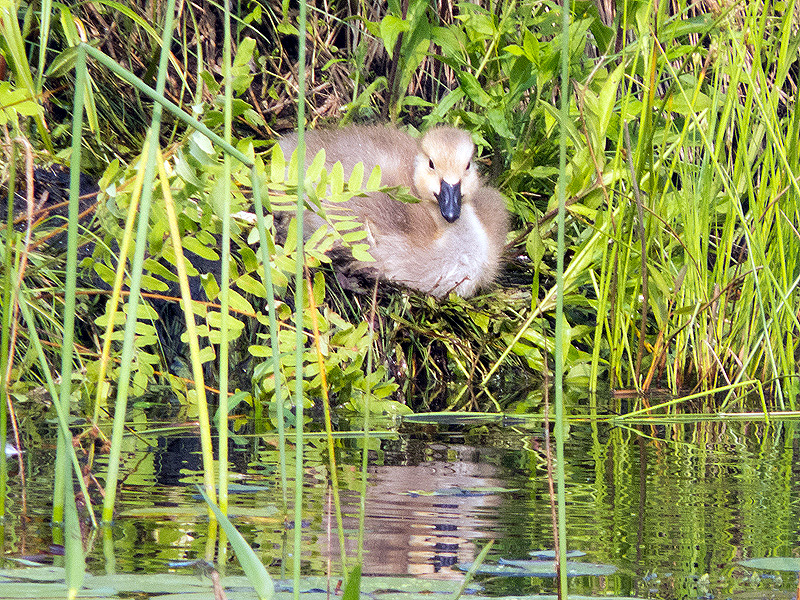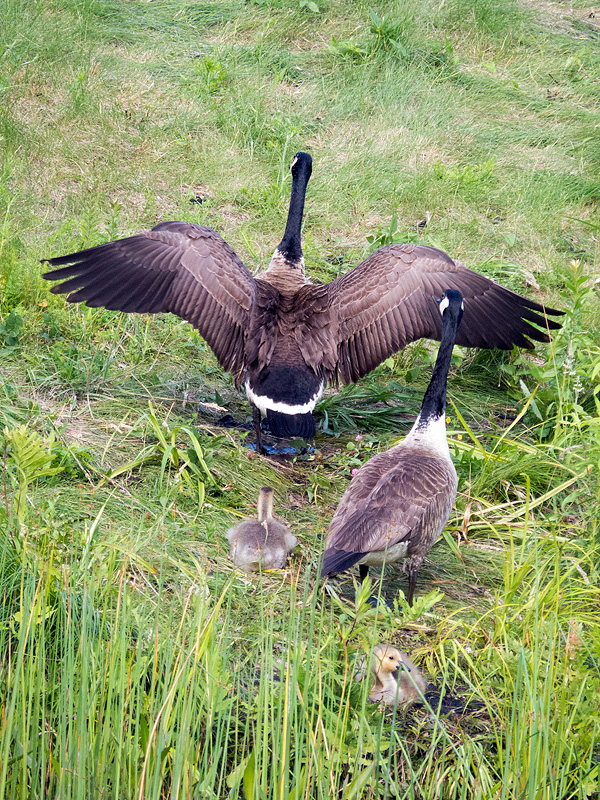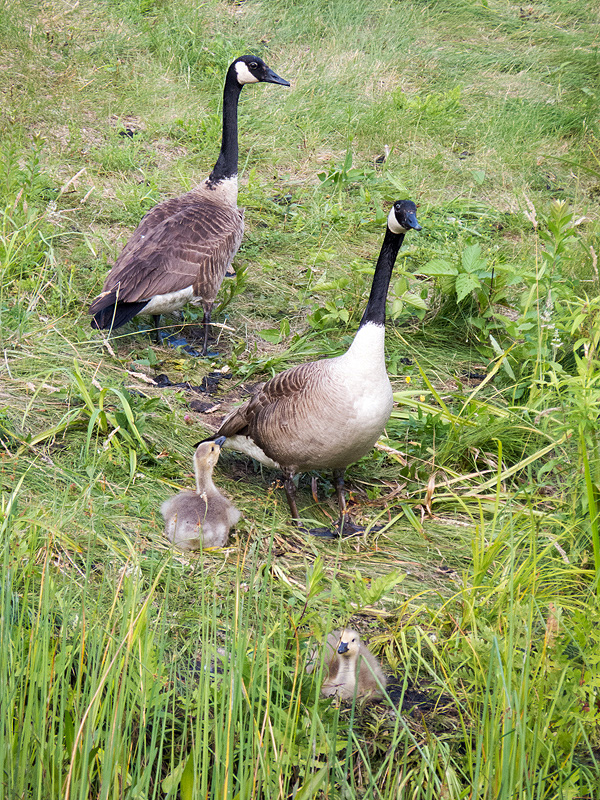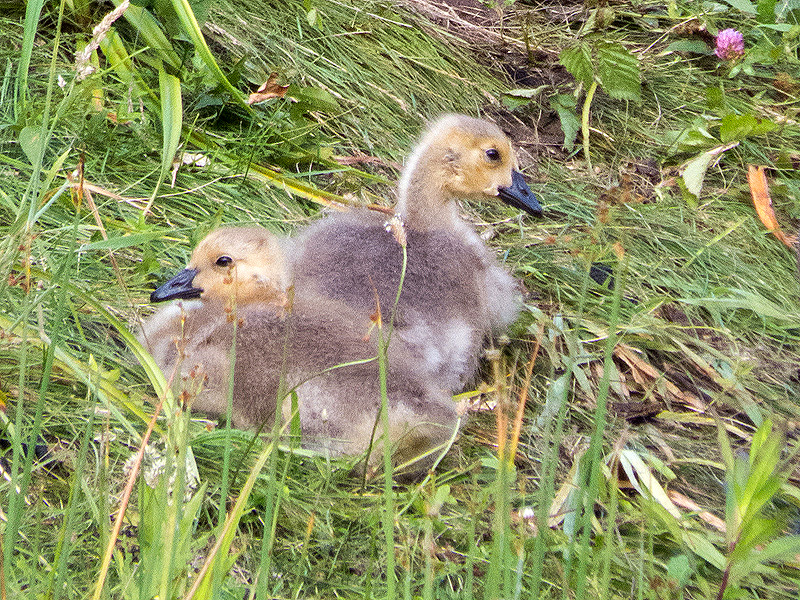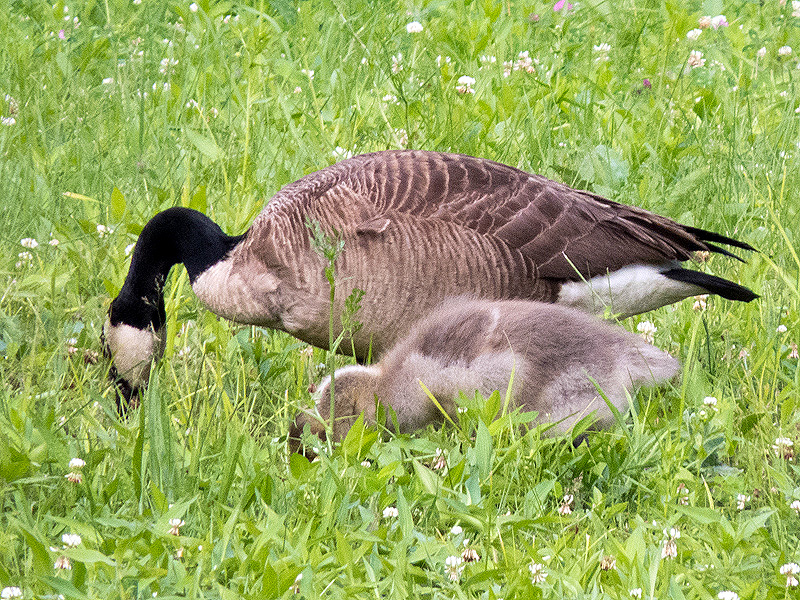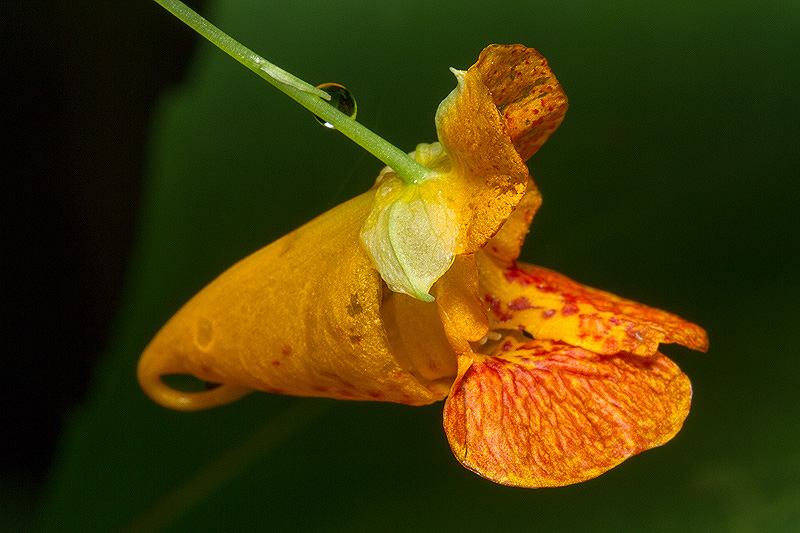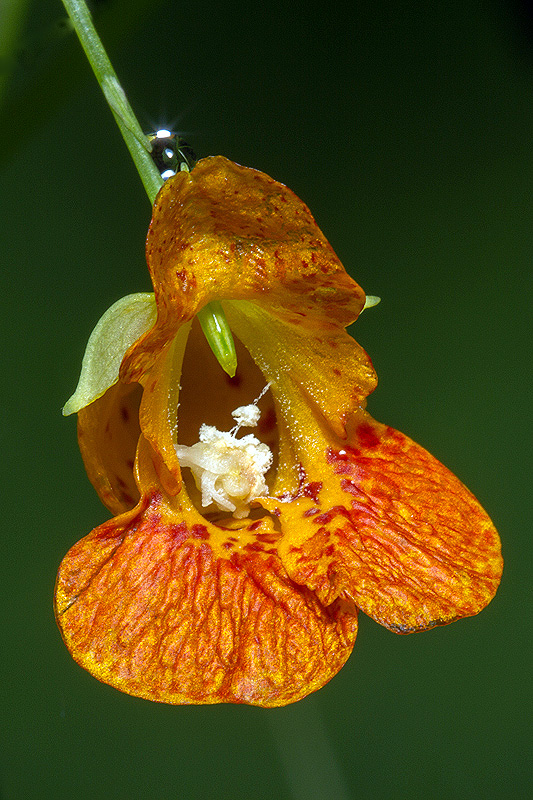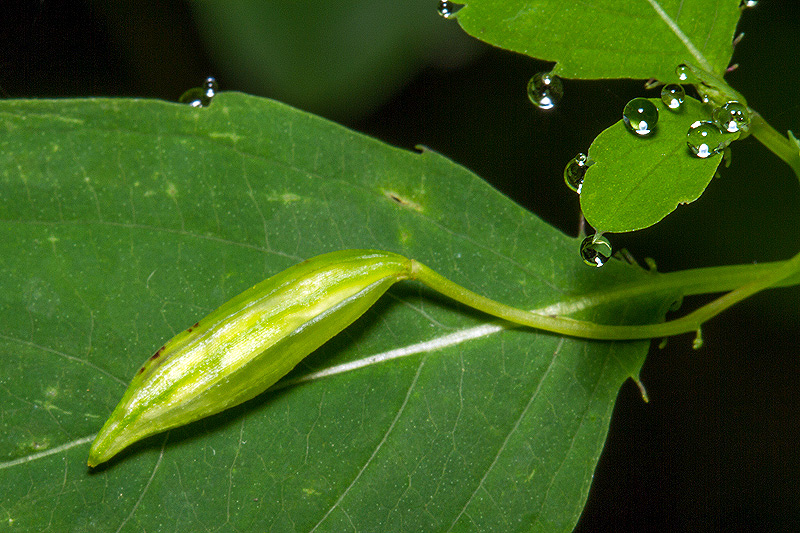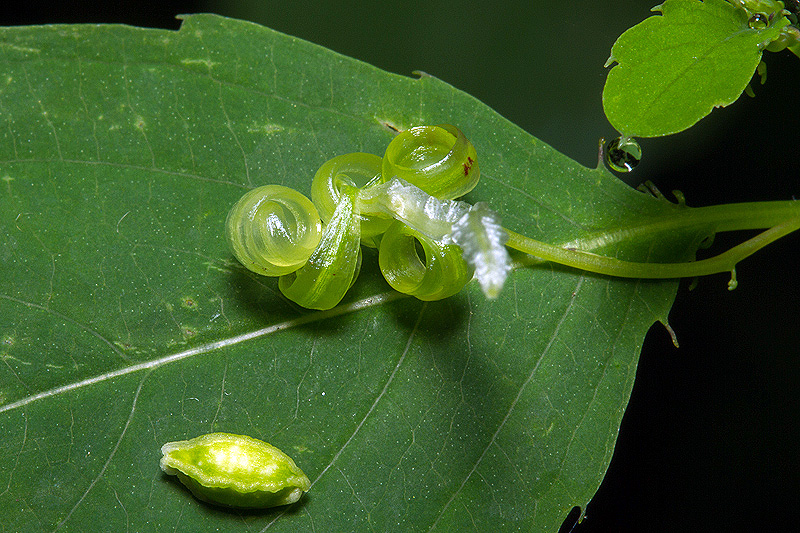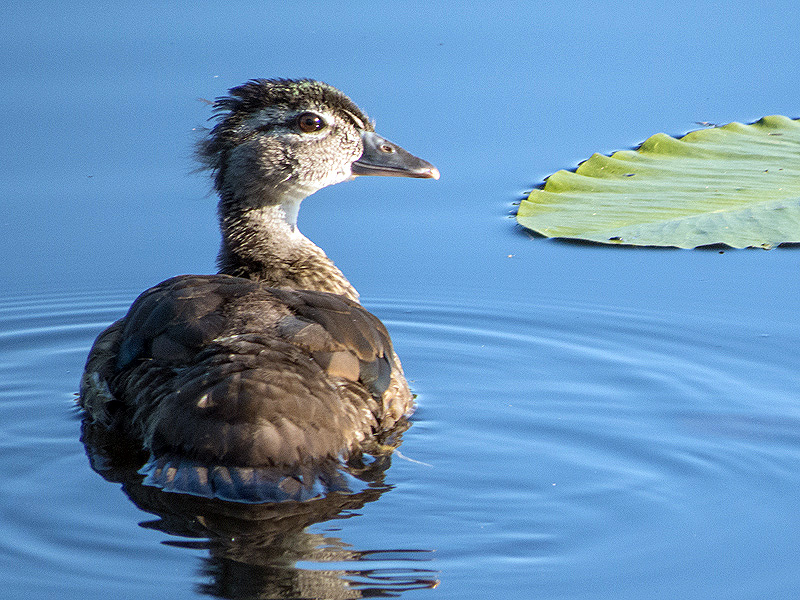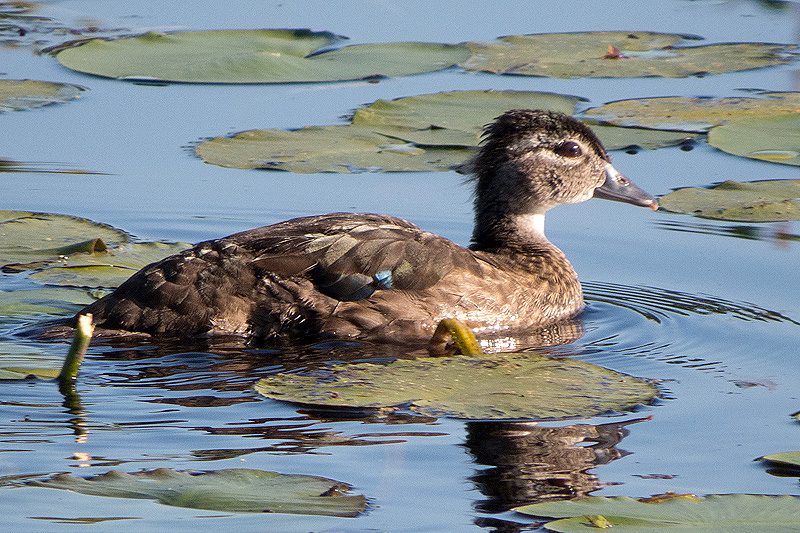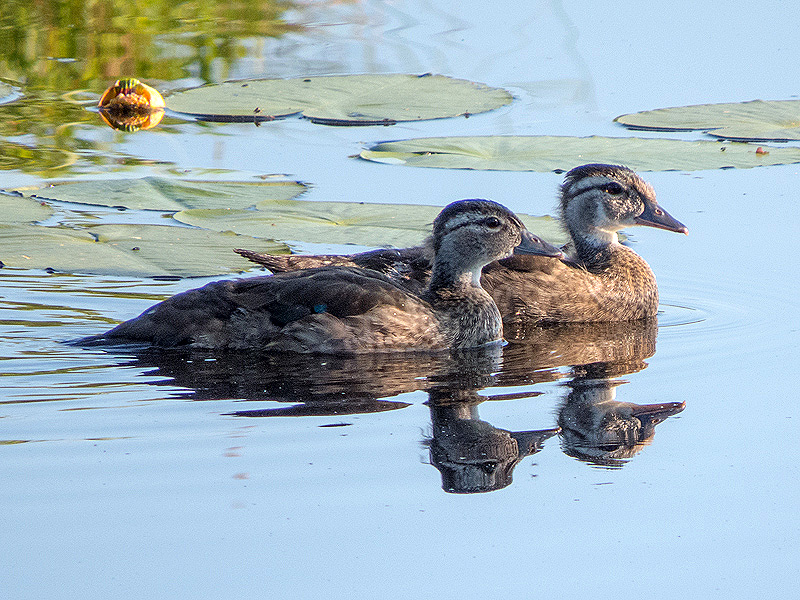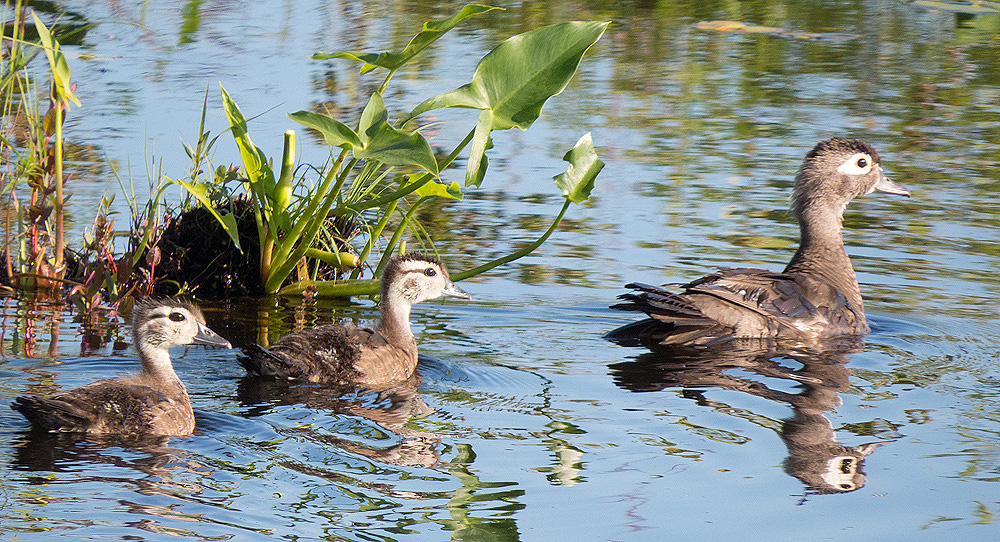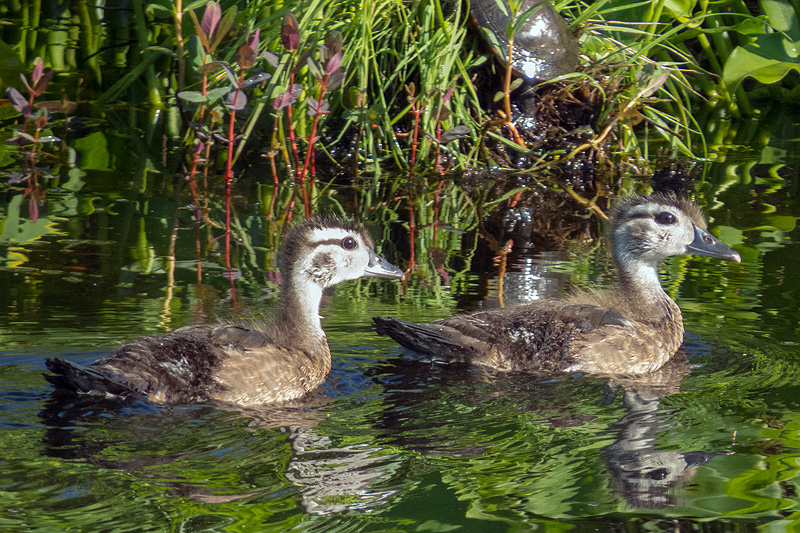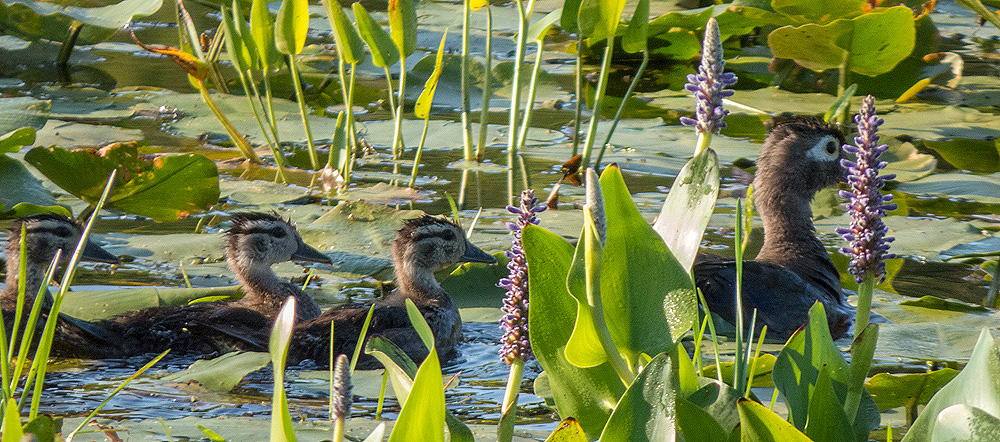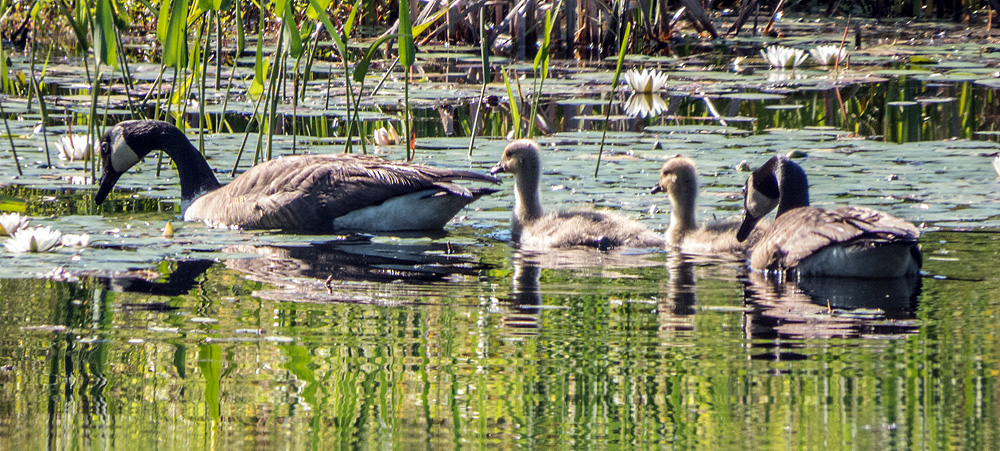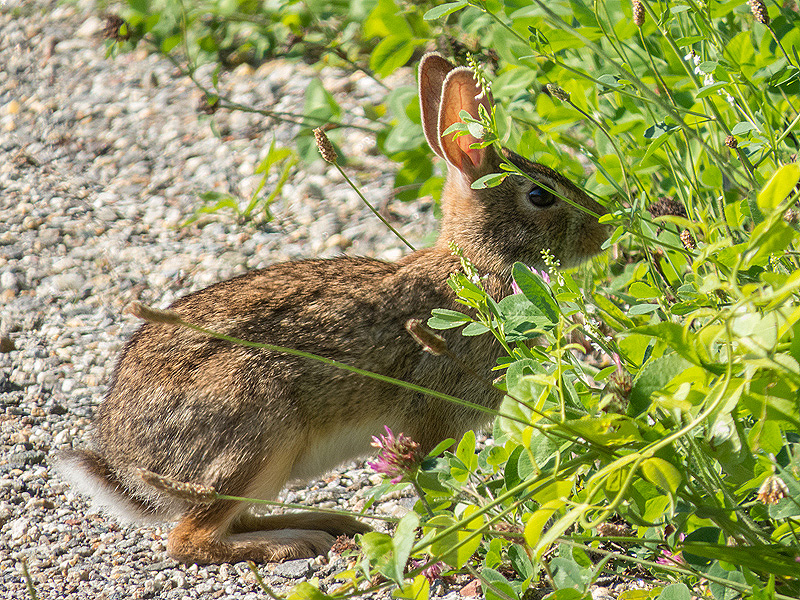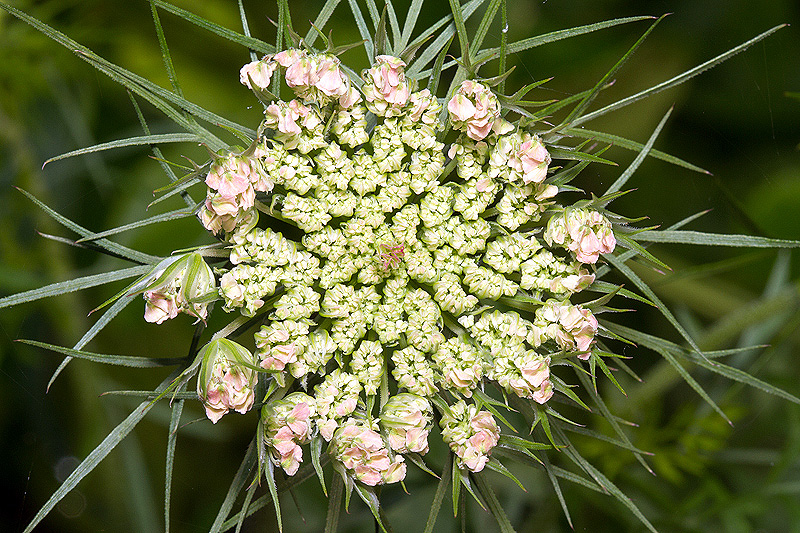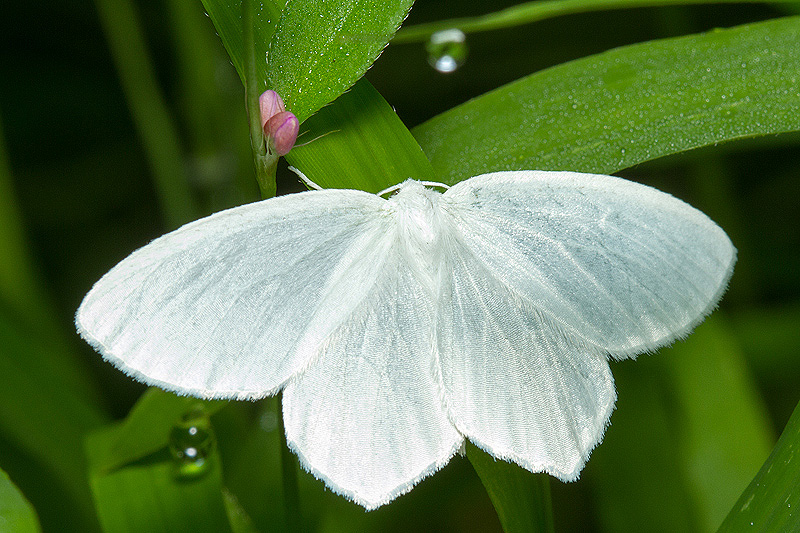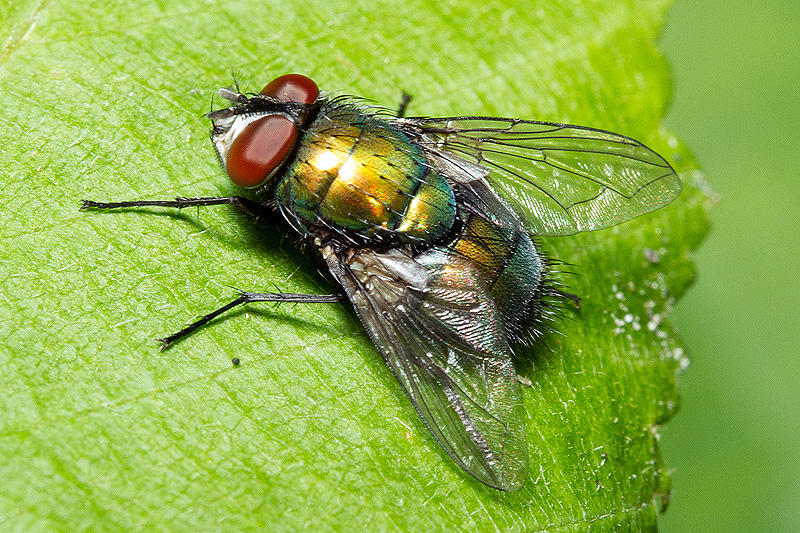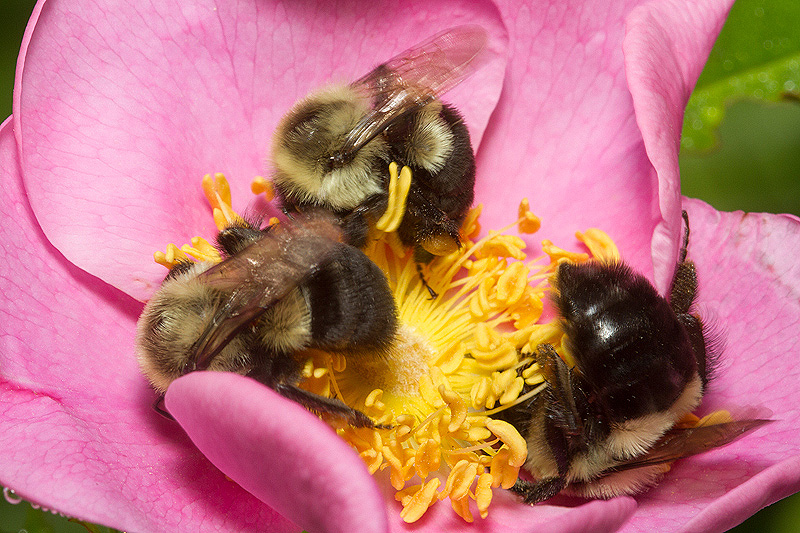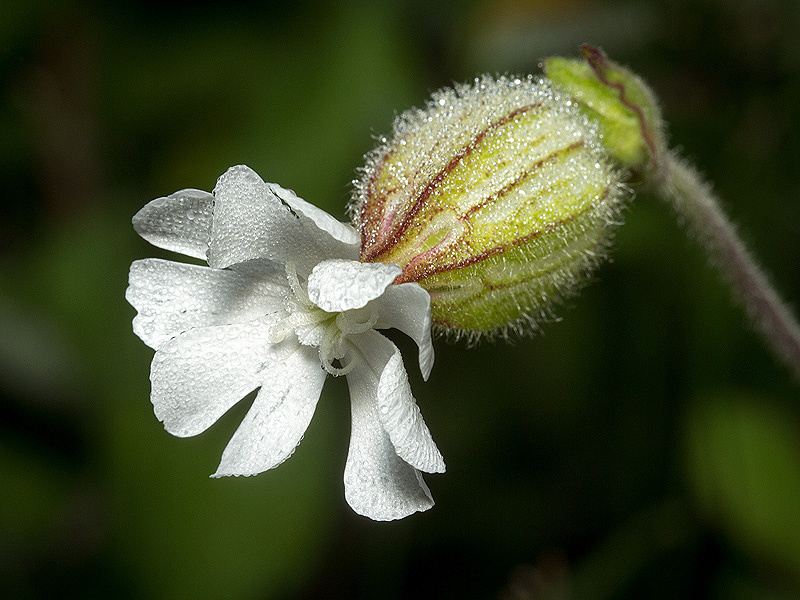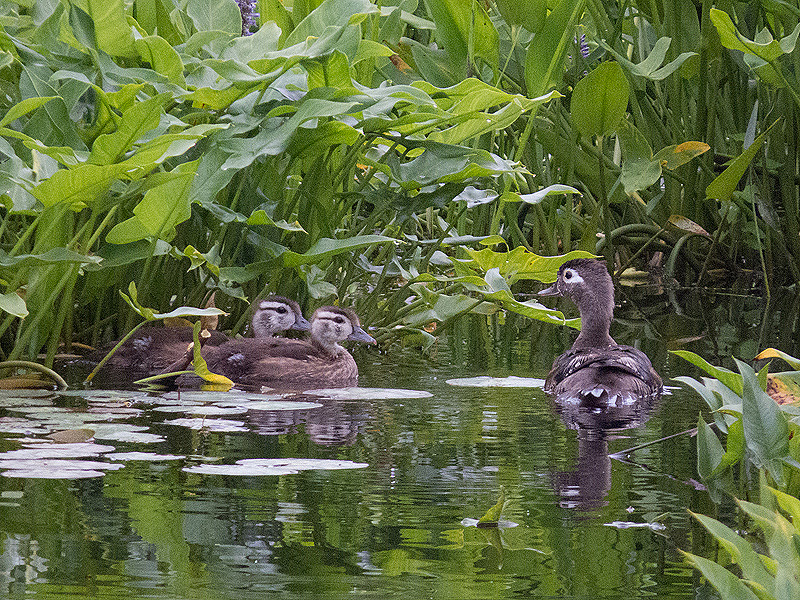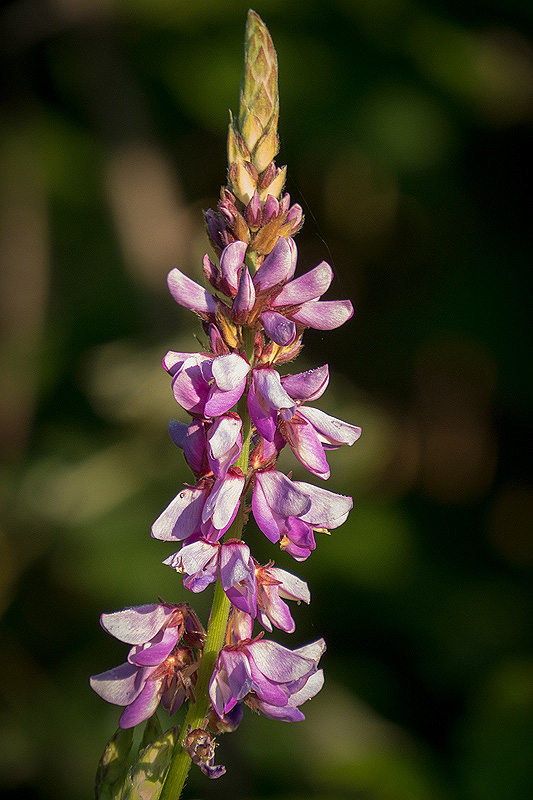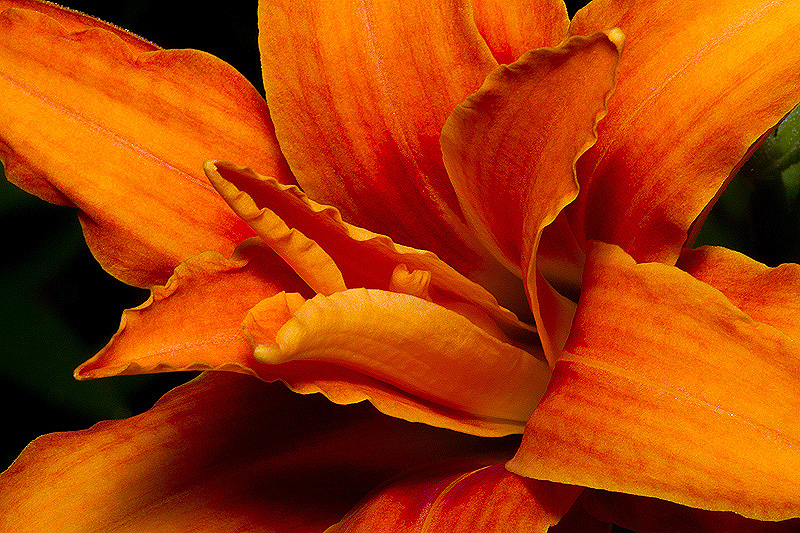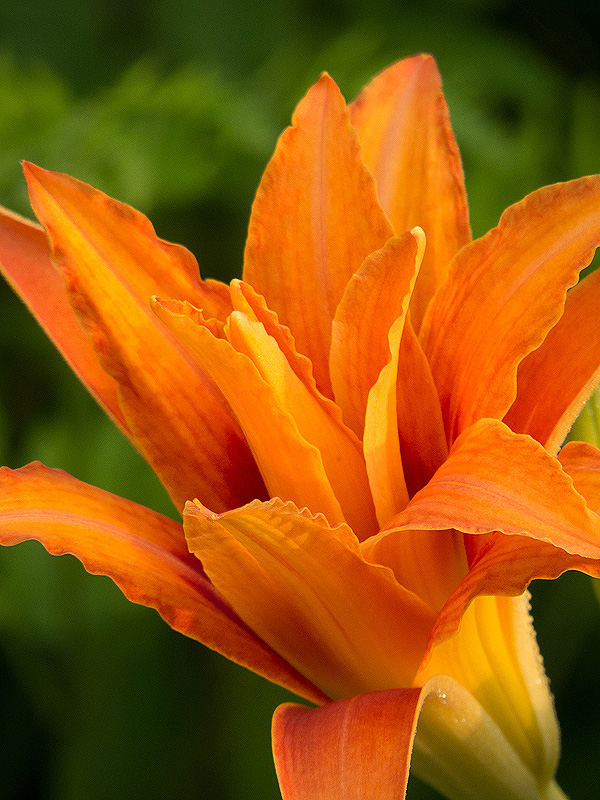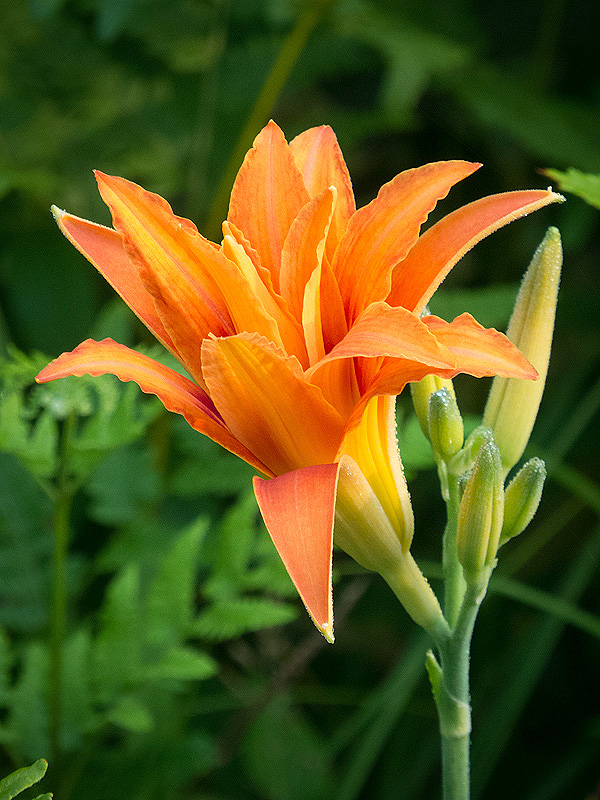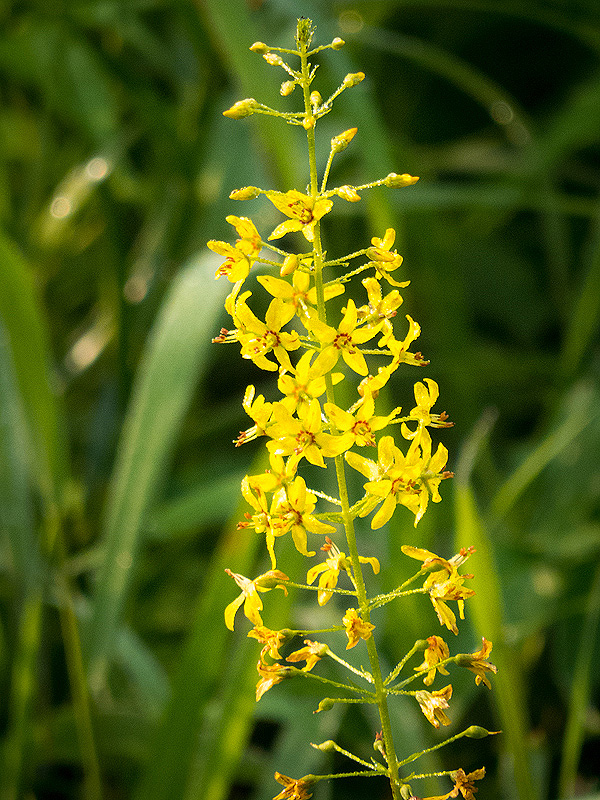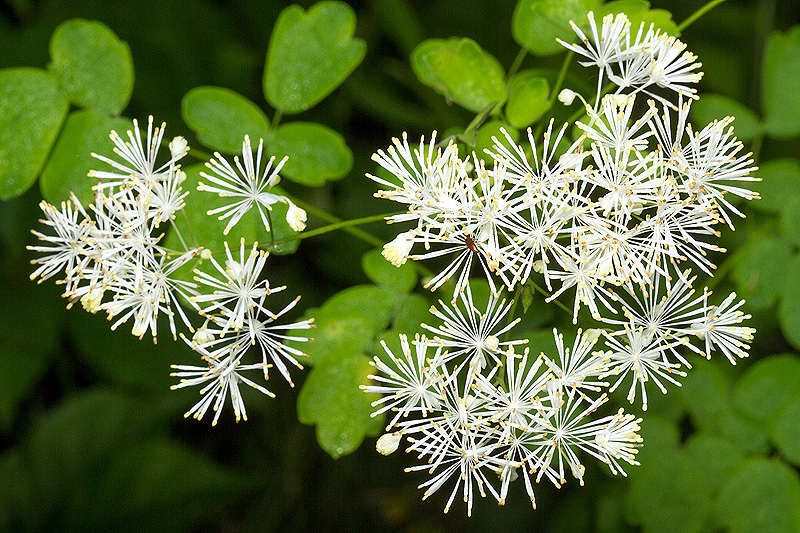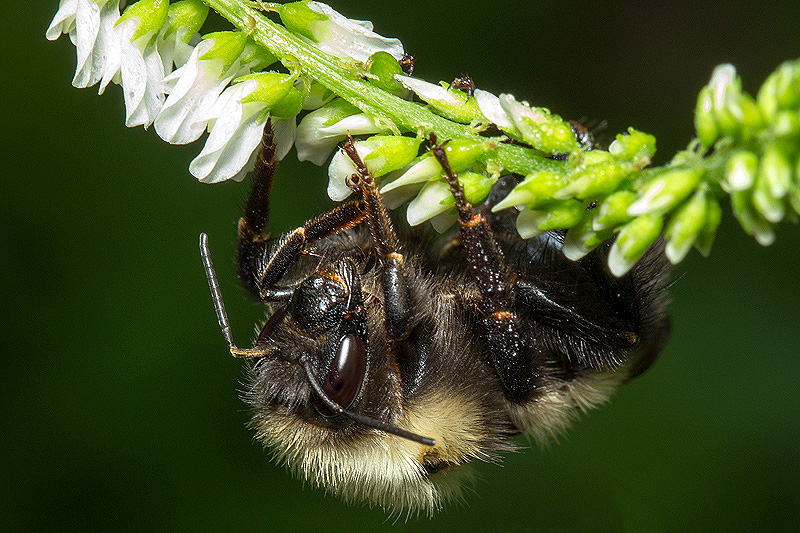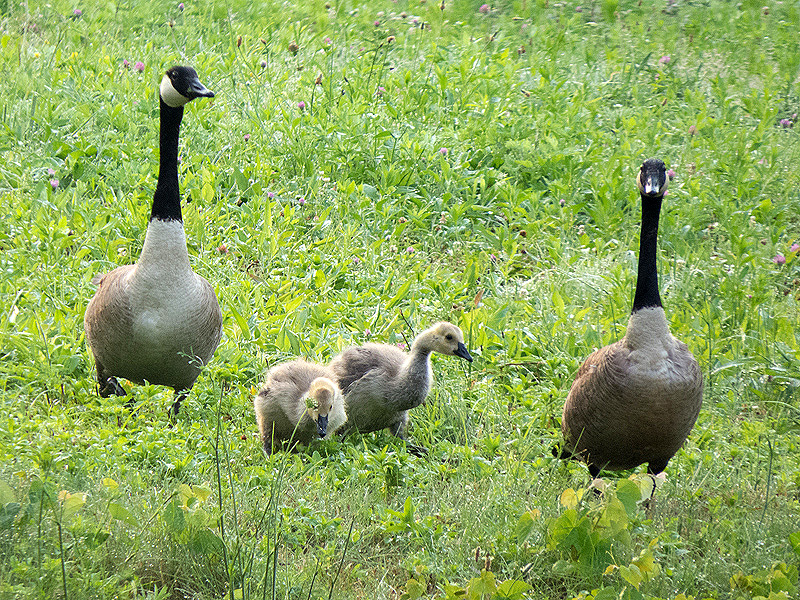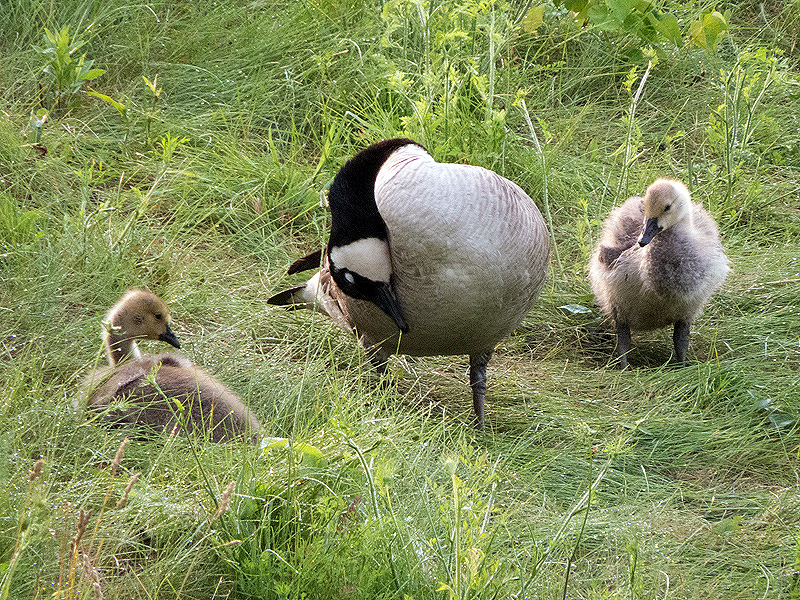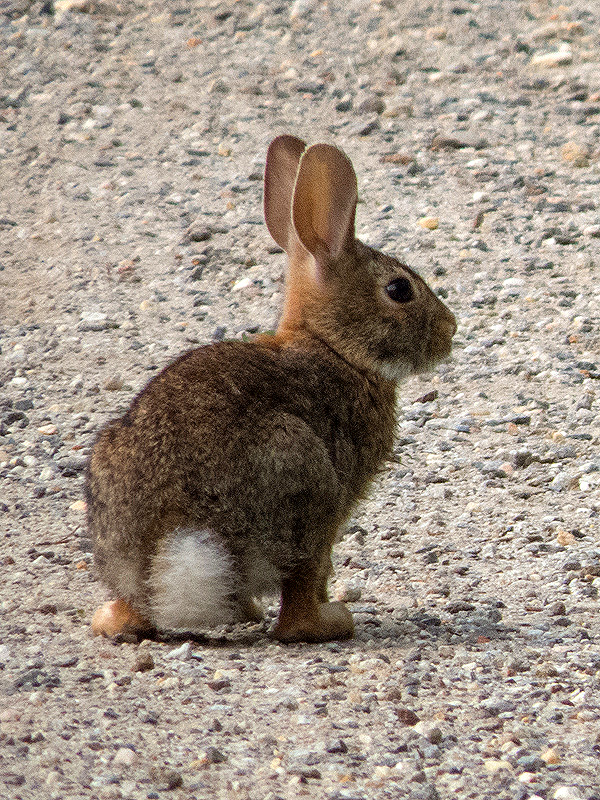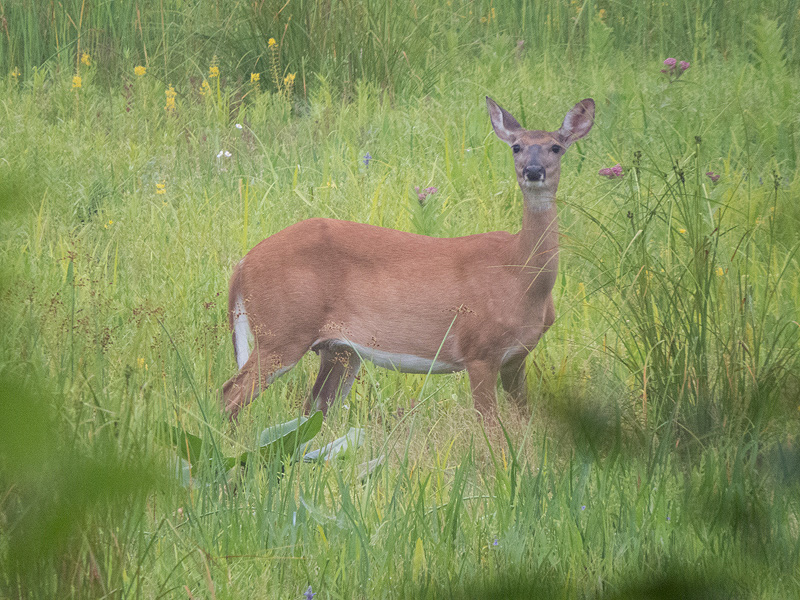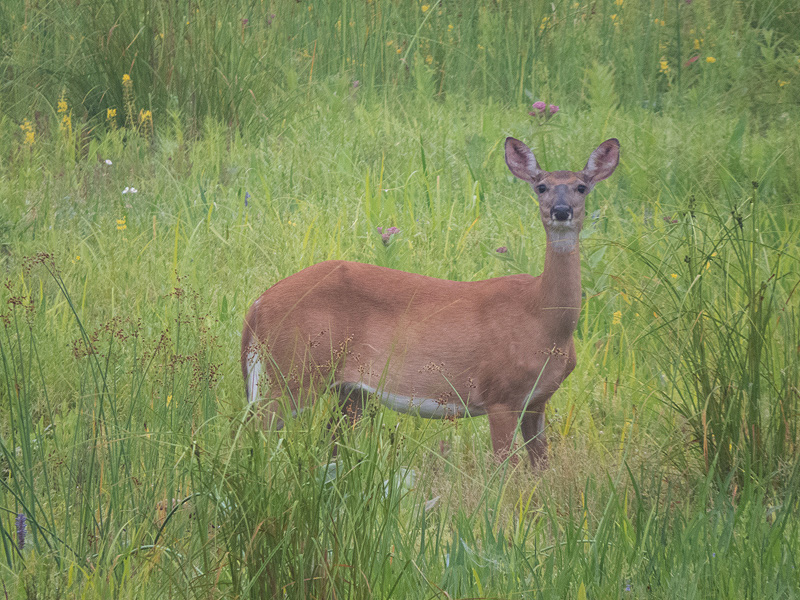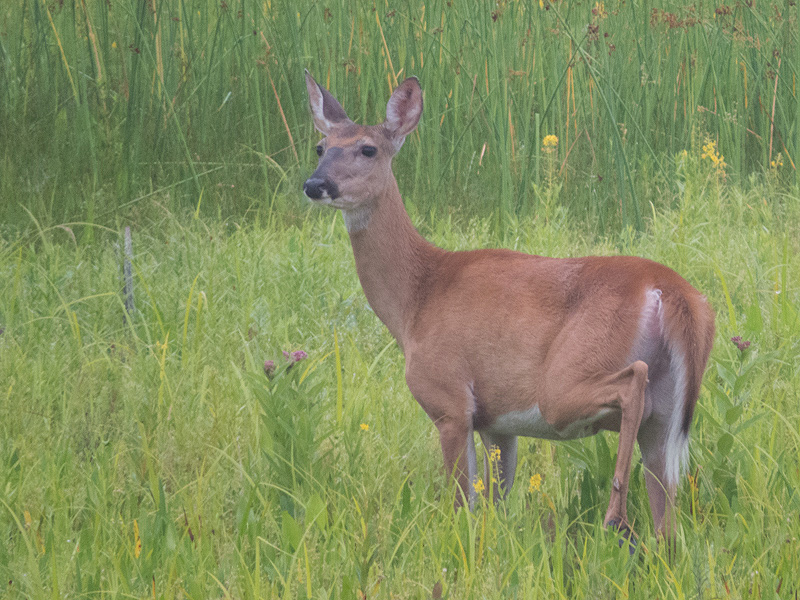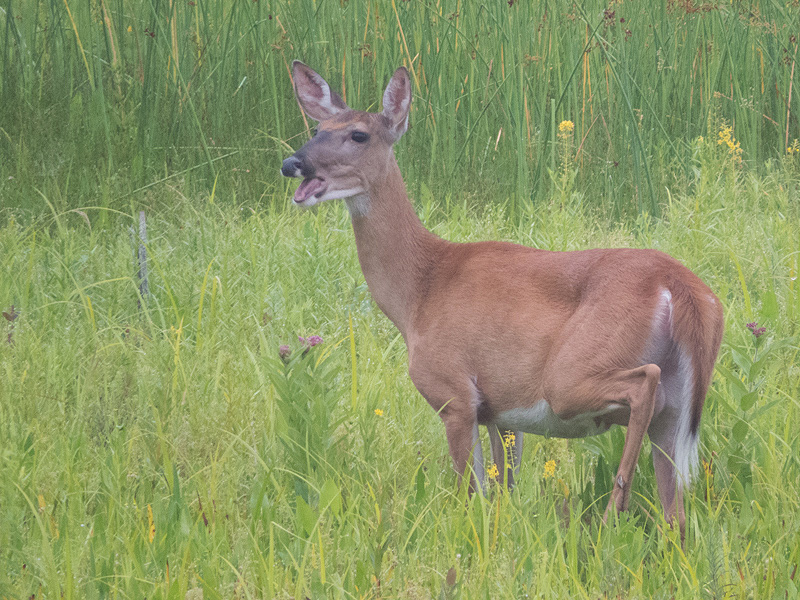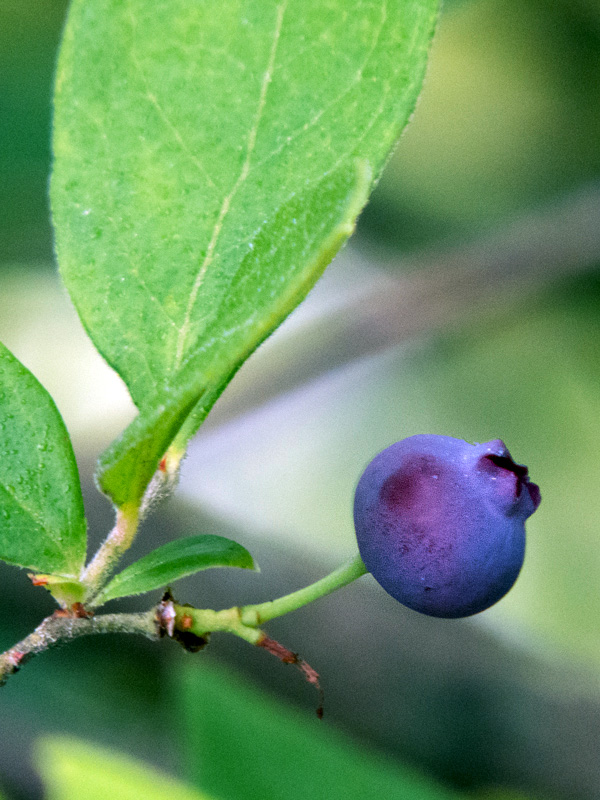Along the Air Line... 2015 - Summer, Part 2 The Air Line Trail in Eastern Connecticut - Stan Malcolm Photos |
mHome Page Stan's FlickR Albums |
July 1st. I found the Canada Goose (Branta canadensis) family last seen at Raymond Brook Marsh on June 22nd. |
|
They've moved to the pond on the Colchester Spur, adjacent to the former United Distillers building. |
|
|
|
They've grown a lot. |
July 2nd. Jewelweed or Spotted Touch-me-not (Impatiens capensis). Nectar is hidden in the spur at the back of the flower... |
...requiring pollinators to crawl past the reproductive stamens and pistils to reach it. However, bumblebees often cheat by chewing holes in the side of the flower near the nectar-filled spur. |
It gets its common name for the habit of its seed pods... |
...to burst open and fling out the seeds when touched. Imagine an exploding banana. |
July 3rd. Several groups of young Woodducks (Aix sponsa). First group nearly mature. |
|
|
Second group younger and still trailing "Mom". |
|
This may or may not be the same younger group, but seen on the other side of the trail. |
Great Blue Heron (Ardea herodius). |
On the Colchester Spur, the Canada Goose family came down for a swim. |
Eastern Cottontail (Sylvilagus floridanus). |
A freshly opened Canada Lily (Lilium canadense). |
Queen-Anne's Lace (Daucus carota) umbel just beginning to open. |
A Snowy Geometer (Eugonobapta nivosaria). |
Little Wood Satyr (Megisto cymela). |
A Common Green Bottle Fly (Family Calliphoridae, Lucilia sericata). |
Bumblebees go wild for Carolina Rose pollen. |
Evening Lychnis (Lychnis alba). |
July 4th. Teaching moment for the Woodduck (Aix sponsa) family? |
July 5th. The Mourning Dove (Zenaida macroura) is still on its nest. |
More Showy Tick Trefoil (Desmodium canadense) blooming now. |
July 6th. A double or triple Day-lily (Hemerocallis fulva). Natural day-lilies are single; this must be an escaped or planted ornamental. |
|
|
Yellow Loosestrife or Swamp Candles (Lysimachia terrestris). |
Tall Meadow Rue (Thalictrum polygamum). |
Bumblebee on White Sweet Clover (Melilotus alba). |
The Canada Goose (Branta canadensis) family makes its way down to Distillery Pond each morning... |
...pausing to feed and groom along the way. |
|
Eastern Cottontail (Sylvilagus floridanus). |
July 7th. A misty morning; pure humidity. A White-tailed Deer (Odocoileus virginianus), far across the marsh, or what was marsh but now is rapidly transforming to wet meadow. |
|
|
|
The first few berries on the Highbush Blueberries (Vaccinium corymbosum) have ripened. |
